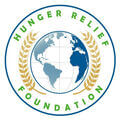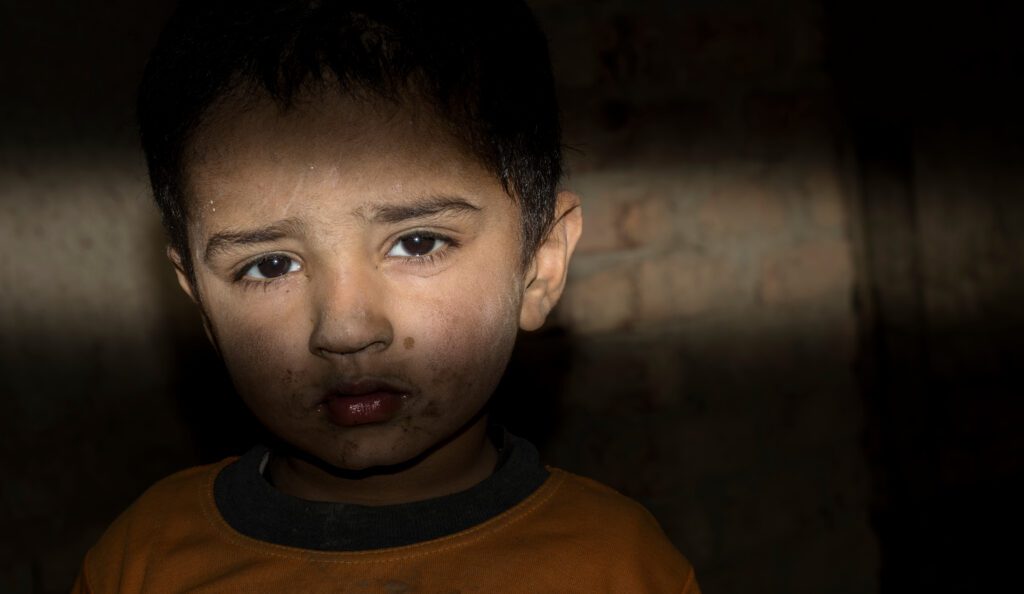
Global CONFLICTs
Conflict is one of the key reasons why people face hunger around the globe. People often face other hardships along with hunger: homelessness, a collapsed economy, lack of infrastructure, and decimation of agricultural processes leading to food desert conditions.
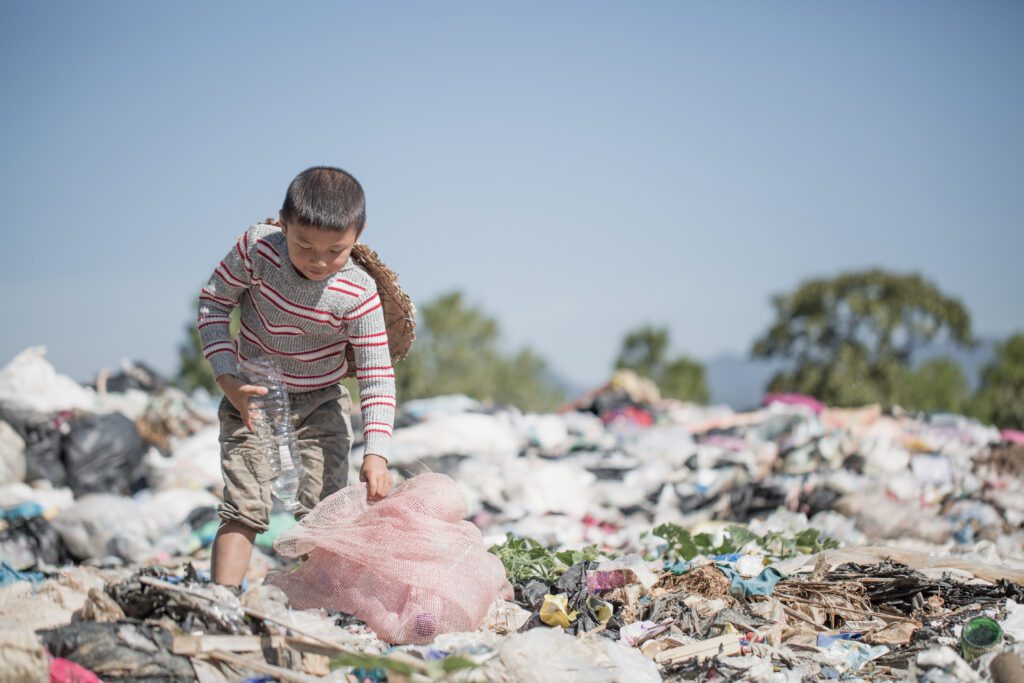
Food Waste
Food waste is a global crisis, with approximately 1.3 billion tons of food wasted annually, according to the Food and Agriculture Organization (FAO) of the United Nations. This accounts for about one-third of all food produced, highlighting inefficiencies across the entire food supply chain.
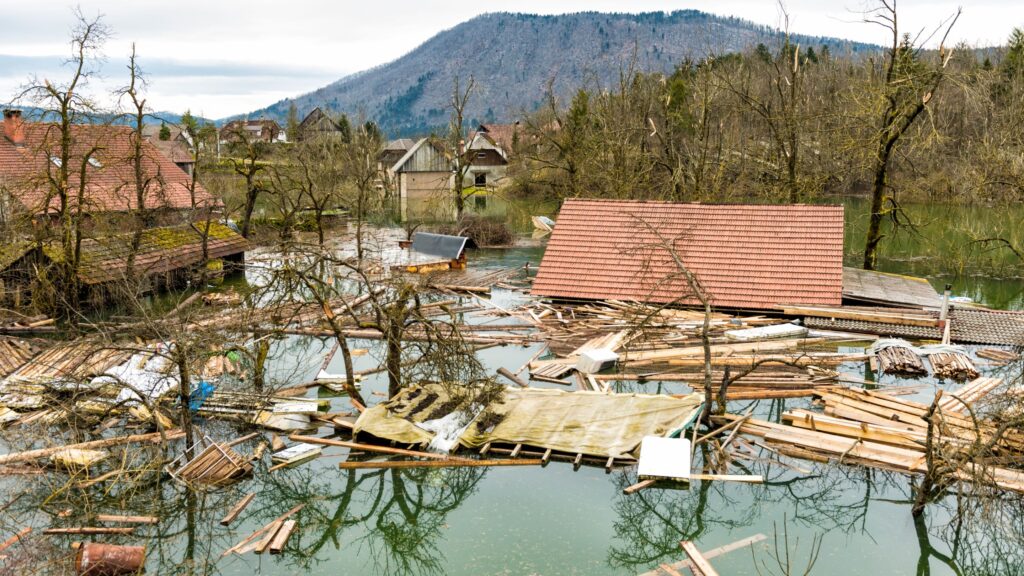
Extreme Weather
Climate change is driving more frequent and severe weather events, such as droughts, floods, and storms, which are major contributors to global hunger. Approximately 80% of food-insecure people live in regions highly susceptible to climate disruptions, where agriculture forms the backbone of livelihoods.
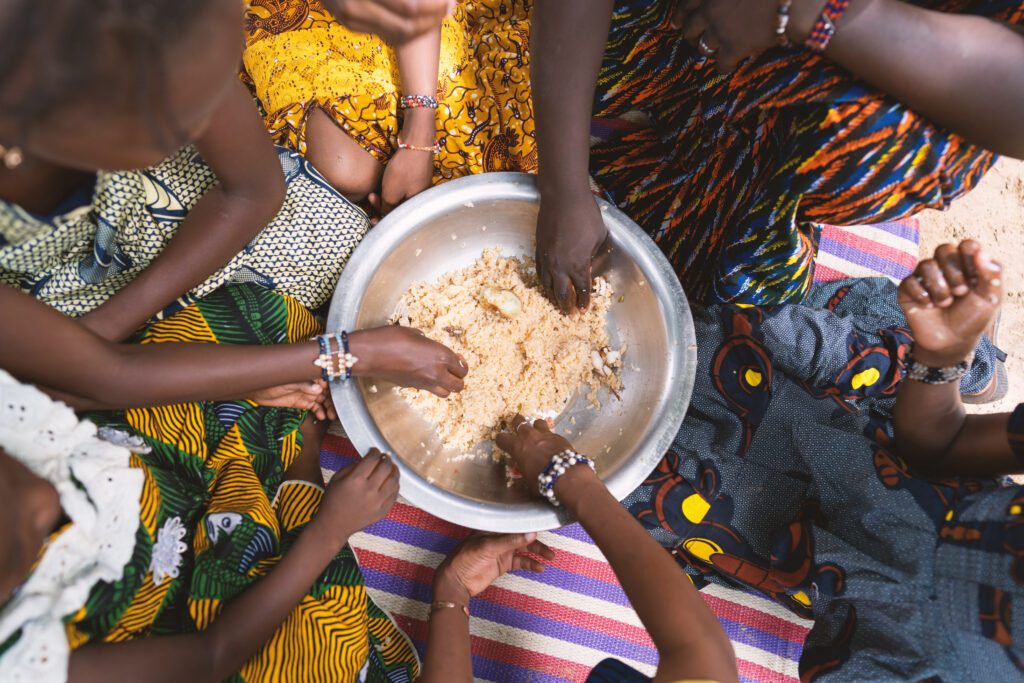
Poverty
Insufficient financial resources are a leading cause of hunger, as rising inflation makes food increasingly unaffordable for vulnerable populations. This economic strain not only impacts individuals but also disrupts entire families, perpetuating cycles of poverty and hunger across generations. Addressing affordability through targeted financial and social interventions is crucial for breaking this cycle and ensuring food security.

Lack of Access to clean Water
The scarcity of clean water, or access to water unfit for human use, significantly contributes to and worsens malnutrition. Without safe water, communities face immense challenges in growing crops, raising livestock, and maintaining basic hygiene. This not only hampers food production but also increases the risk of waterborne diseases, making it harder for affected individuals to stay healthy or even survive.

Gender Inequality
Women are disproportionately affected by food scarcity and malnutrition, with data showing they face higher rates of food insecurity than men in 75% of countries. Despite being primary contributors to food production, responsible for up to 80% of agricultural activities in some regions, women are often consume the least within their families due to norms. Addressing gender inequality in food security is vital for empowering women.
